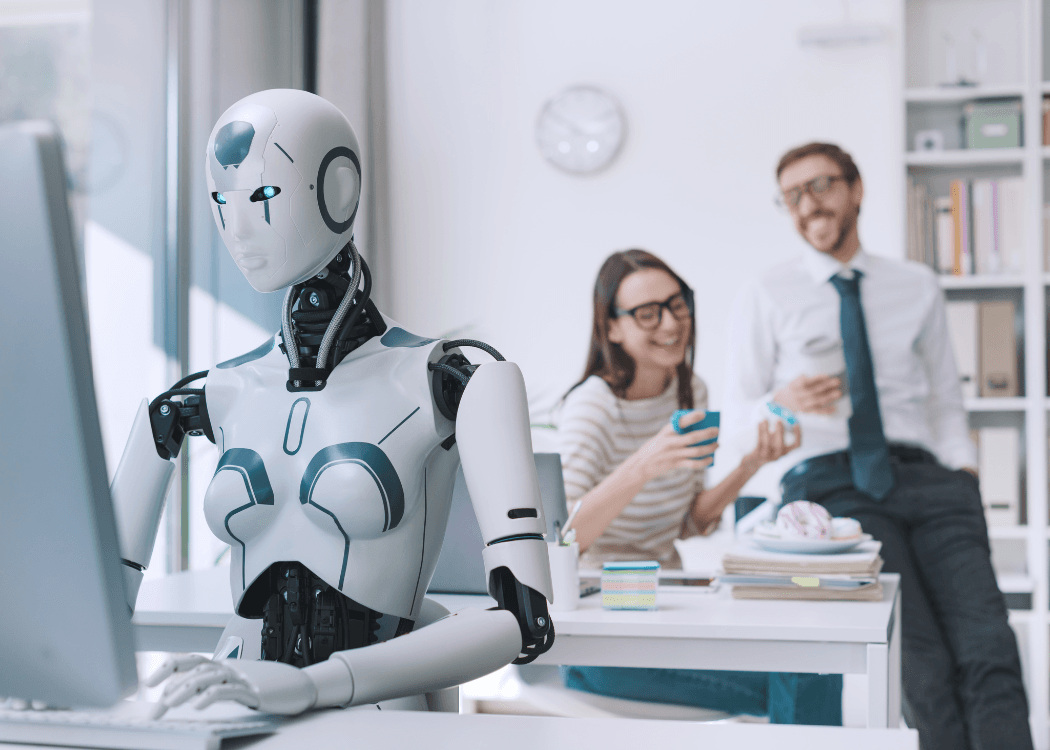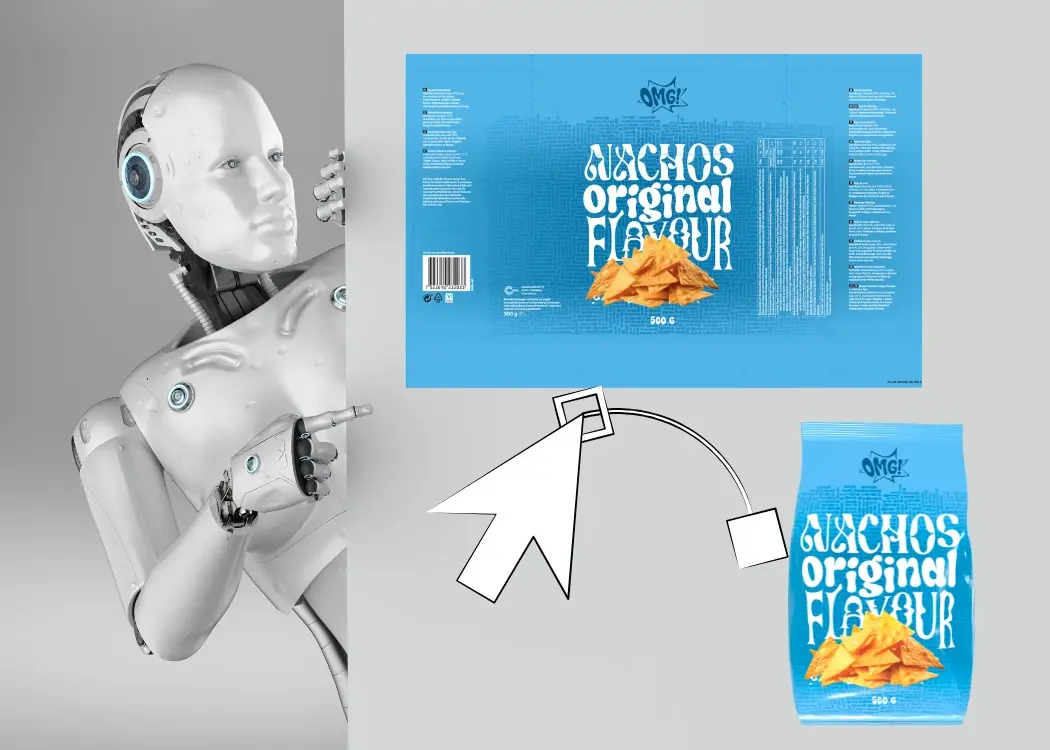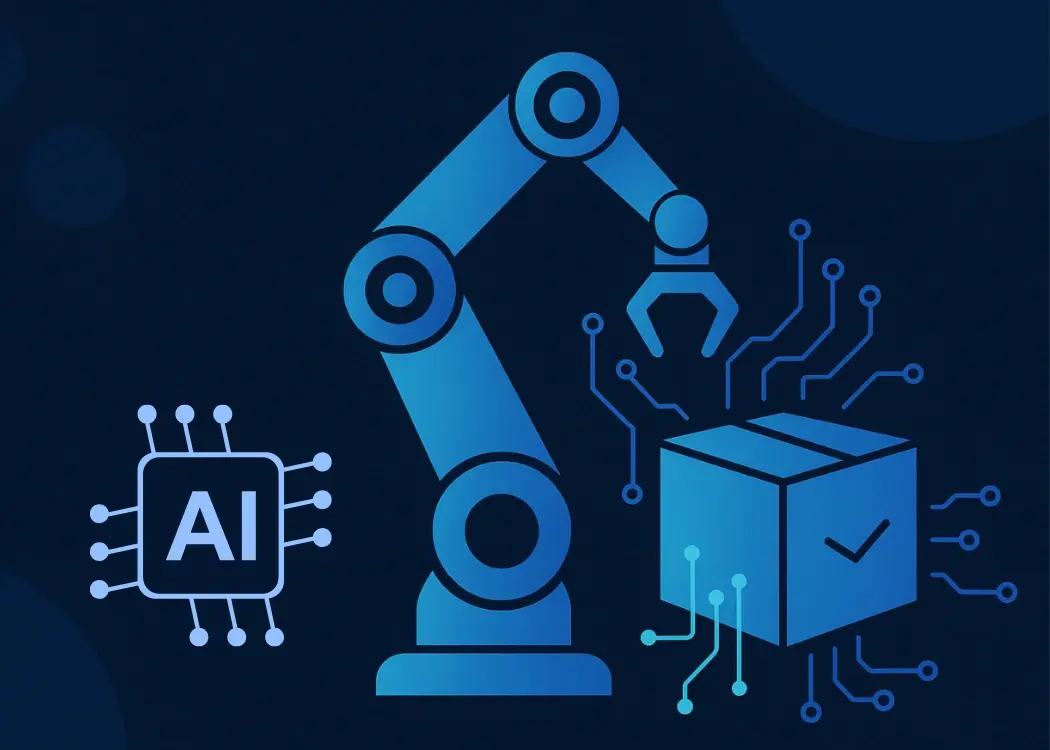How to write AI art prompts
Discover the power of AI in crafting captivating art prompts with our expert guide. Learn about AI art processes, create engaging prompts, and...
5 min read
 Ekaterina Skalatskaia
:
February 21, 2025 at 8:15 AM
Ekaterina Skalatskaia
:
February 21, 2025 at 8:15 AM

We often expect AI to revolutionize many fields, including artwork management. But is it truly delivering? While AI has improved workflows and automated repetitive tasks, it still struggles with deeper, more nuanced responsibilities—especially in packaging, branding, and marketing.
Below, I highlight AI’s strengths, its most significant limitations, and how to use it wisely.
Many people use “AI” and “Machine Learning” (ML) as if they mean the same thing. This mix-up is common in many industries, including those that use artwork management software. ML is a part of AI—all ML is AI, but not all AI uses ML. AI refers to any system that copies human thinking, while ML describes how a system learns from data and improves over time.
In packaging artwork management and artwork workflow tools, this difference is important. Many users believe AI can “think” and “understand” like people do. In truth, most AI systems—especially those using ML—are good at finding patterns but don’t truly understand them. This often causes teams to rely too much on AI for tasks that still need human review, such as checking compliance or spotting visual issues during the artwork proofing process.
Companies using automated artwork management often expect AI to handle complex creative and compliance work by itself. But AI often fails to understand context, brand style, emotions, and rules—things that are crucial in artwork workflows, where small mistakes can lead to big packaging errors or legal problems.
Another common belief is that AI can work without people. In reality, ML-based AI needs constant training, testing, and correction to stay accurate. This is especially important in label compliance within artwork management systems, where an unsupervised AI might tag packaging elements incorrectly or use old regulations.
Knowing these limits is key for businesses investing in packaging artwork management services or tools. Seeing AI as a helping tool—not a full decision-maker—prevents costly mistakes and creates a smoother, more collaborative artwork workflow.

Understanding the difference between AI and ML helps set realistic expectations and ensures AI is used responsibly. AI is a powerful tool, but it’s not a replacement for human expertise—especially in creative and regulatory decision-making.
While AI has significantly improved artwork management by automating tasks like tagging, classification, and search optimization, it still faces fundamental limitations that affect its reliability and effectiveness. AI expert Emmanuel Maggiori highlights many of these issues in his book Smart Until It’s Dumb, emphasizing that AI can generate impressive outputs but often lacks true comprehension, making it prone to errors and misinterpretations.
When applied to artwork management, these limitations become particularly evident, affecting how AI interacts with creativity, aesthetics, and data security. Here are the key challenges AI faces in artwork management:
AI processes artwork by identifying patterns in visual data, but it does not comprehend meaning, emotion, or artistic intent. While it can group images based on color schemes, subject matter, or stylistic elements, it lacks the human ability to understand cultural nuances, symbolism, or abstract concepts.
Why it matters:
AI models generate responses based on probabilities rather than actual comprehension. This can lead to AI confidently producing incorrect, misleading, or entirely fabricated information—referred to as "hallucinations."
Challenges AI faces:
Art is inherently subjective, and evaluating its quality requires human emotion, cultural knowledge, and personal interpretation—areas where AI falls short. While AI can analyze design trends and color palettes, it lacks the intuition to recognize what makes an artwork meaningful or innovative.
Why human specialists remain essential:
AI learns from provided data, meaning it struggles with originality and unpredictability. New artistic styles, unconventional compositions, or experimental formats can confuse AI, leading to incorrect classifications or missed opportunities for creative discovery.
How this affects artwork management:
AI is only as reliable as the data it is trained on. If an AI model is fed biased, incomplete, or low-quality datasets, it will inherit and amplify those flaws, leading to incorrect outputs and representation issues.
Potential issues with AI in artwork management:
AI-generated artwork and AI-assisted curation raise critical legal and ethical concerns. AI models trained on copyrighted materials can unknowingly produce works that closely resemble existing art, leading to questions about ownership and intellectual property rights.
Key legal and ethical challenges:
For AI to be effective in artwork management, brands and institutions must provide access to vast amounts of their creative assets, including proprietary designs and unpublished works. This creates potential security vulnerabilities, including unauthorized use and data breaches.
Key security risks in AI-powered artwork management:
AI and Machine Learning offer valuable automation and optimization for artwork management, but they come with significant limitations. Challenges such as misinterpretation, hallucinations, copyright concerns, security risks, and compliance issues—including misclassification, legal liability, and biased enforcement—can lead to serious consequences if AI is relied upon without oversight.
As Emmanuel Maggiori and other AI experts emphasize, these systems are not yet reliable on their own. Human supervision remains essential to ensure accuracy, fairness, and proper adaptation to evolving standards.
At Cway®, we recognize the immense potential of AI in artwork management and are actively exploring its capabilities. However, our priority is delivering high-quality, reliable solutions that meet the needs of our clients. Rather than blindly adopting AI for automation, we focus on integrating it thoughtfully—ensuring accuracy, fairness, and compliance. By combining AI’s efficiency with human expertise, we strive to create a balanced approach that enhances workflow management while maintaining the integrity and security of creative assets.
Related reads you might find valuable:
Empowering graphic packaging designers with AI technology: Discover how AI can enhance—not replace—creative processes in packaging artwork.
How to write AI prompts: Learn how to craft better prompts to get more effective AI-generated design outputs.

Discover the power of AI in crafting captivating art prompts with our expert guide. Learn about AI art processes, create engaging prompts, and...

Imagine having a super-smart helper by your side that never sleeps, learns new tricks every day, and can turn your wildest design ideas into reality...

E-commerce has exploded in recent years, with more people shopping online than ever before. This shift has created new demands on how products are...